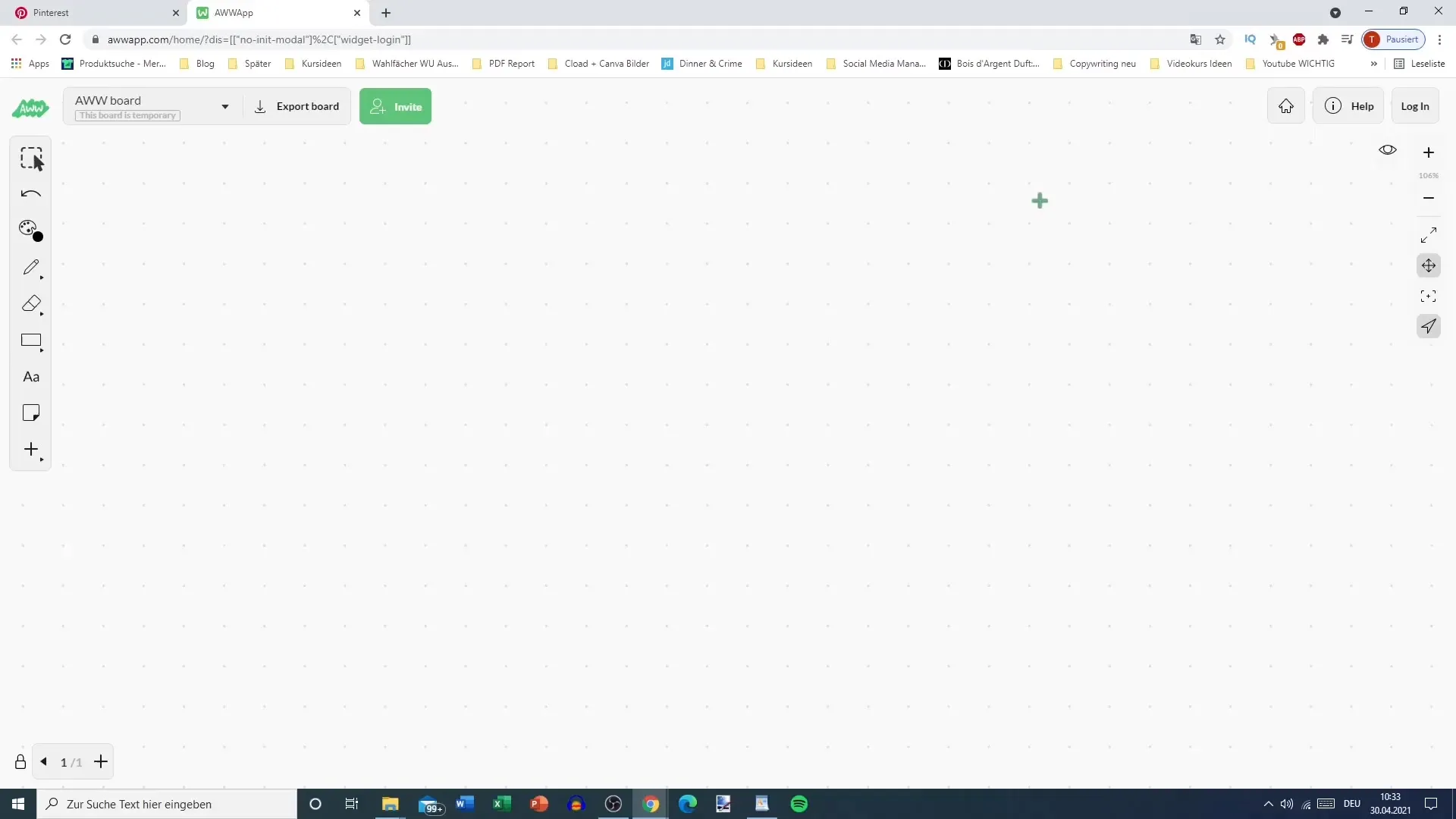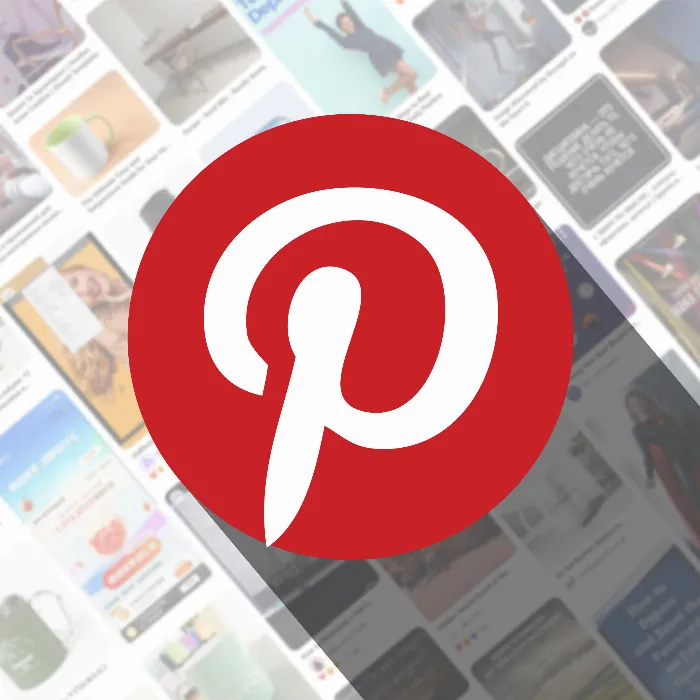Increasing your online presence can be a challenge, especially if you rely only on one platform. However, with a clear plan and linking different social media platforms together, you can significantly expand your reach. In this guide, I will show you how to create a personal Traffic Circle for Pinterest and other platforms to not only sell products, but also engage and constantly grow your audience.
Key Insights
- A Traffic Circle allows you to link different platforms together.
- You should not rely on just one platform to minimize potential reach losses.
- Building a loyal audience is more successful when you actively distribute your content.
Step-by-Step Guide
Step 1: Understand How the Traffic Circle Works
The Traffic Circle is about not only directing new visitors to your site, but actively guiding them through various events and channels. You're probably familiar with the classic "Traffic Funnel," which leads from a broad audience of consumers to buyers. Instead of proceeding unilaterally from top to bottom, you want to create a closed circle where you lead your audience from one medium to the next.

Step 2: Create Your Platforms
To make your Traffic Circle efficient, you should utilize a variety of platforms. With Pinterest, you can create content that resonates with your audience. Remember that each platform has its own type of interaction and engagement. Consider which platforms make sense for you – whether it's Instagram, Facebook, TikTok, or even a podcast.
Step 3: Connect your Content
Once you've identified your platforms, the next step is to link them together. For example, include links to your blog in your Pinterest pins. From there, you can guide readers to your podcast and further to your Facebook group. These connections increase the likelihood of your audience staying within your network.
Step 4: Diversify Your Links
You shouldn't rely solely on a connection between two platforms. This means you can link from Pinterest to your blog as well as from your blog back to Pinterest. It's important to create multiple paths for your audience to always have access to your content.
Step 5: Create a Loop Structure
The goal is to create a closed circle where your audience can always switch between your platforms. This structure reduces the likelihood of experiencing significant reach losses if one platform disappears. This is especially important as you should also think long-term instead of just focusing on short-term sales.
Step 6: Analyze Your Strategy
To successfully set up your Traffic Circle, you need to regularly analyze how well the links between platforms are working. Use analytic tools to see where your visitors are coming from and which platforms are most effective. These insights can help you make strategic adjustments.
Summary
A Traffic Circle that effectively links different platforms helps you secure and expand your reach. By constantly interacting between different channels, you minimize the impact if one platform disappears. Building such a system can not only bring you immediate sales, but also foster long-term engagement with your audience.
Frequently Asked Questions
Which platforms should I include in my Traffic Circle?The choice of platforms depends on your target audience – Pinterest, Instagram, Facebook, and podcasts are common options.
How often should I update my links?It’s wise to regularly check and adjust how effective your links are working, at least once a month.
Can I create a Traffic Circle without a blog?Yes, you can also use platforms like Instagram and Facebook, but blogs often increase long-term reach.
How do I know if my Traffic Circle is working?Analyze your website visits and engagement rates on different platforms to determine where your traffic is coming from.
Do I need technical knowledge to set up a Traffic Circle?A basic understanding of social media and some time for setup are helpful, but technical expertise is not required.


